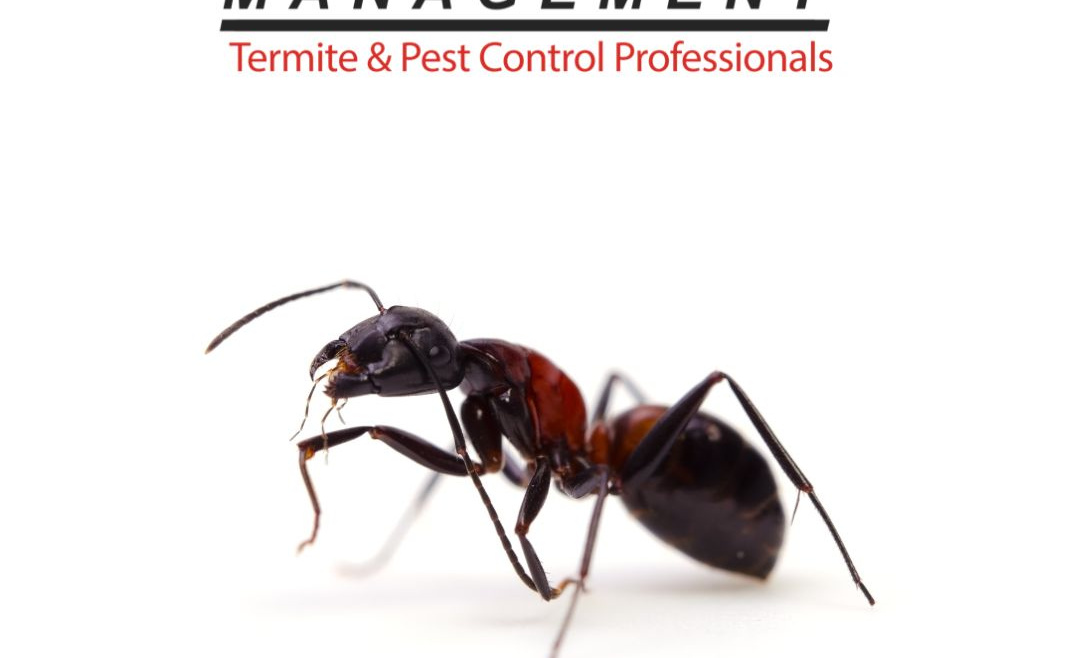Southern California’s diverse climate and varied landscapes make it home to a wide range of ant species. From your backyard to the coastal dunes, these tiny creatures play essential roles in the ecosystem. Let’s explore some of the most common ant species you’ll encounter in this region.
Argentine Ant
Scientific Name
Linepithema humile
Description
Argentine ants are one of the most prevalent species in Southern California. They are small, about 1/8 inch long, and light to dark brown in color. Known for forming massive colonies, these ants can quickly become a nuisance in homes and gardens.
Habitat
You’ll find them in moist environments, such as under rocks, logs, and along sidewalks. They are particularly common in urban areas.
Behavior
Argentine ants are notorious for displacing native ant species. They prefer sweet foods but will consume almost anything. They do not have a stinger but can bite.
Red Imported Fire Ant
Scientific Name
Solenopsis invicta
Description
Red imported fire ants are reddish-brown with a darker abdomen, measuring about 1/8 to 3/8 inch long. Known for their aggressive behavior, they can inflict painful stings that cause a burning sensation and may produce allergic reactions.
Habitat
They build large mounds in open, sunny areas, often around lawns, parks, and agricultural fields.
Behavior
These ants are very aggressive and will swarm if their nest is disturbed. They feed on proteins, sugars, and greases and are a significant pest in both urban and agricultural settings.
Velvety Tree Ant
Scientific Name
Liometopum occidentale
Description
Velvety tree ants are medium-sized, about 1/4 inch long. They have a distinctive velvet-like appearance on their abdomen, which is dark brown or black, while their head and thorax are reddish-brown.
Habitat
These ants are commonly found in trees, particularly in oak woodlands. They build their nests in hollowed-out sections of trees and under loose bark.
Behavior
Velvety tree ants are known for their strong, unpleasant odor when crushed. They feed on honeydew from aphids and other insects and can be a minor nuisance when they invade homes in search of food.
California Harvester Ant
Scientific Name
Pogonomyrmex californicus
Description
California harvester ants are larger, ranging from 1/4 to 1/2 inch in length. They are typically red or reddish-brown and are known for their large mandibles and powerful sting.
Habitat
These ants prefer dry, open areas. They build extensive underground nests with conspicuous entrances surrounded by cleared soil.
Behavior
Harvester ants are primarily seed collectors, storing seeds in their nests for future use. They are less likely to invade homes but can be found in gardens and other outdoor spaces.
Native Odorous House Ant
Scientific Name
Tapinoma sessile
Description
Odorous house ants are small, about 1/8 inch long, and dark brown to black. They are named for the distinct odor they emit when crushed, often compared to rotten coconut.
Habitat
These ants are versatile and can live both outdoors and indoors. They prefer moist environments like under rocks, mulch, and inside wall voids.
Behavior
Odorous house ants are scavengers and will eat a variety of foods, including sweets, meats, and greasy items. They are known for forming large colonies and can be a persistent indoor pest.
Understanding the various ant species in Southern California can help you manage and coexist with these fascinating creatures. Whether you’re dealing with the invasive Argentine ant or the native odorous house ant, recognizing their unique characteristics and behaviors is the first step in effective control and appreciation.
For more information on ant management or to identify specific species, consider consulting local entomologists or pest control professionals. Happy ant watching!







